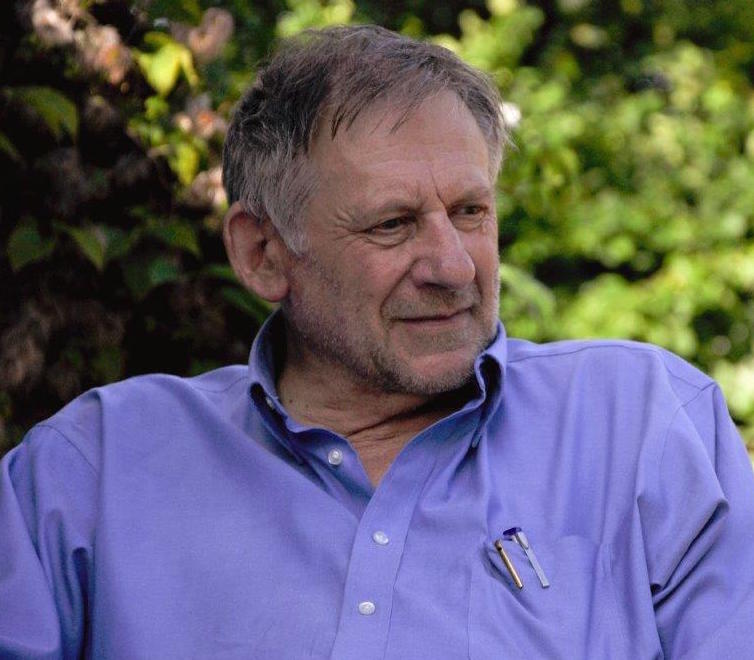When I was a student at McGill, my friend Ralph Bergman and I started a magazine, Asterisk, actually it was named *. The second issue, this was 1964, included an article by Alexander and the architect B.V. Doshi on designing a village in India. A couple of years later, when I was working on my thesis, another classmate, Richard Rabnett, had come across HIDECS, Alexander’s computer program for ordering criteria in architectural design. It was in FORTRAN, and we laboriously entered our information onto punch cards, although we never could get the program to run (years later I learned that HIDECS was flawed and could not actually run). My next encounter with Alexander was in 1978 in Mexico City. I had been invited to speak at a symposium at the Universidad Nacional—Alexander would deliver the keynote. Expecting the usual sparse turnout I was amazed to find an audience of several hundred excited students—not there for me, I hasten to add. The previous year, Alexander had published A Pattern Language, and it had turned him into an international star. I had a copy, of course. One of his principles was that design could not be disconnected from the actual process of construction. At the time, my wife and I were building our own house, an experience that validated—at least for me—the truth of this assertion: many of our most important design decisions were made on the building site not on paper. I followed Alexander’s career through his many books, which still remain a part of my reduced library. In 1994, I had an opportunity to meet the man when he was awarded the Seaside Prize. During a conversation he said something that has stuck with me: everything that we see in our surroundings—everything—either slightly raises our spirits or slightly lowers them. Our paths last crossed in 2009, when he was awarded the Vincent J. Scully Prize. Alexander, who was now living in England, was down with pneumonia and unable to attend, and I joined a panel of previous laureates to speak about the man and his work. In my remarks I compared Alexander to Jane Jacobs. “I think there’s a sense in which both of them see the world as very, very messy, and they see the charm in that. And they’re on the one hand looking for order, but also at the same time very worried that too much order will lose the thing that you actually value.” This creative tension is present both in the insightful books that he wrote and the beautiful buildings that he built.


I enjoyed your comments. I still have Alexander’s book and regret that I could not include more of his ideas in my house. His co-authors went on to write their own book, “Patterns of Home: The Essentials of Enduring Design/” by Jacobson, Silverstein, and Winslow. I respect these and many other authors. All of your books I know of remain on my shelves except for the one I am readng at breakfast.